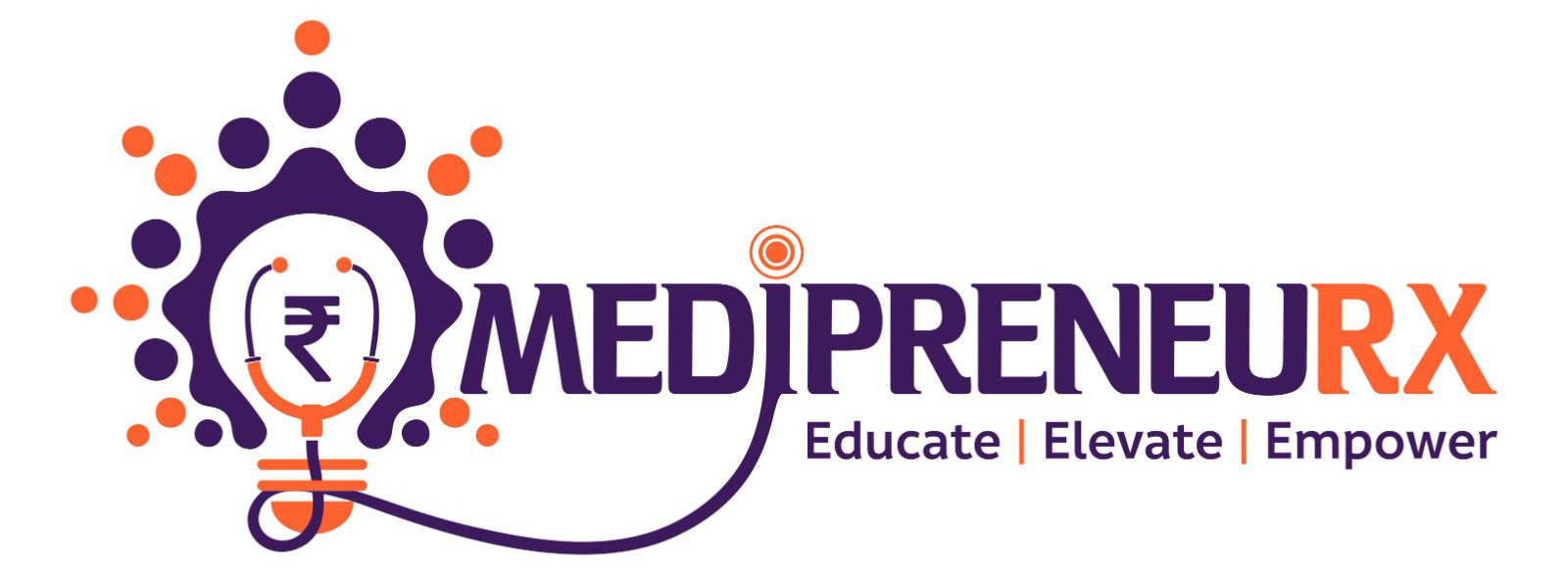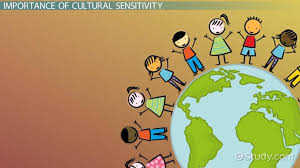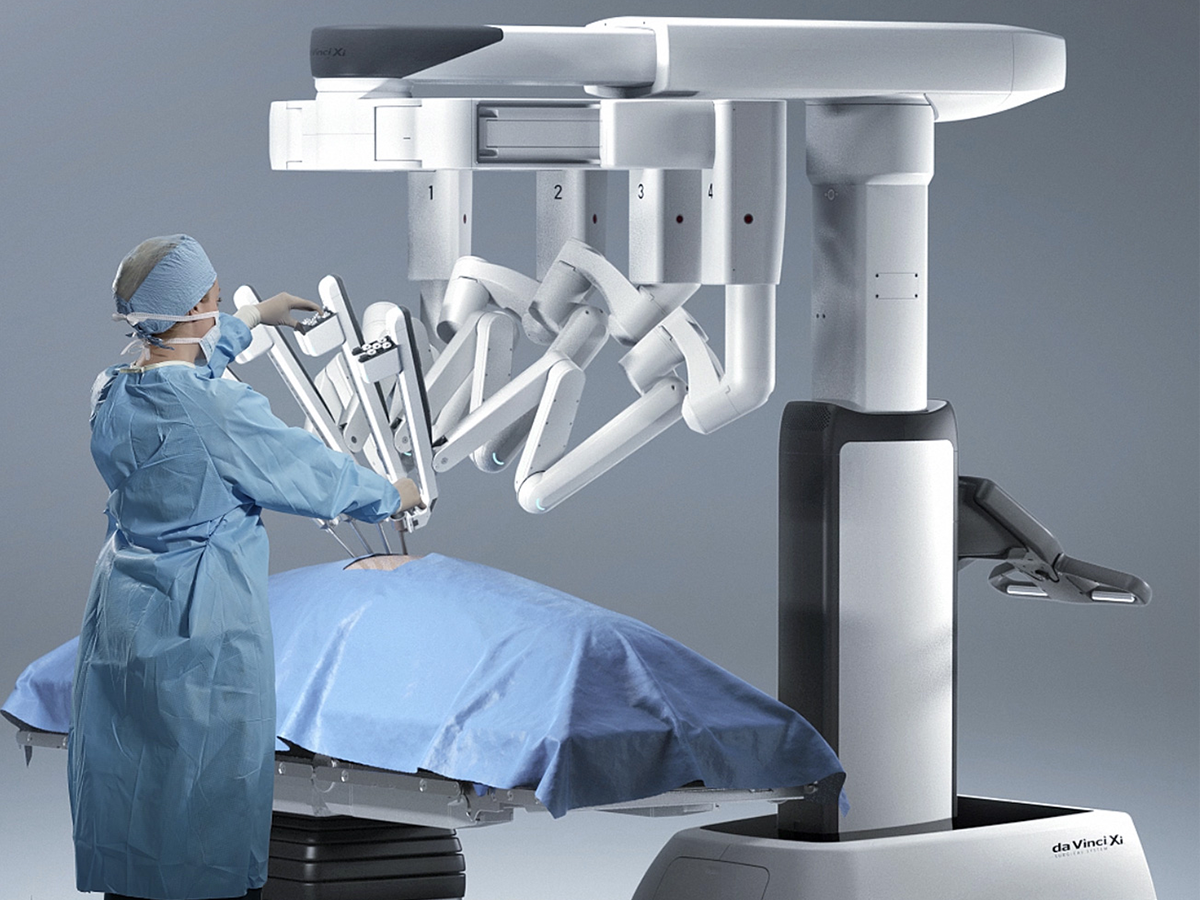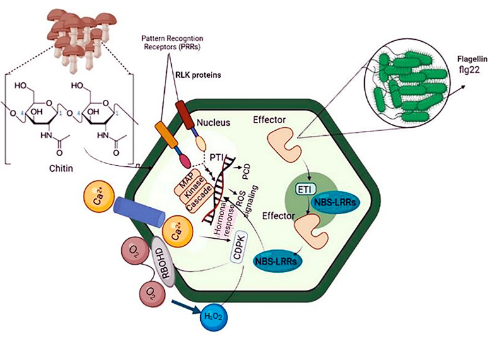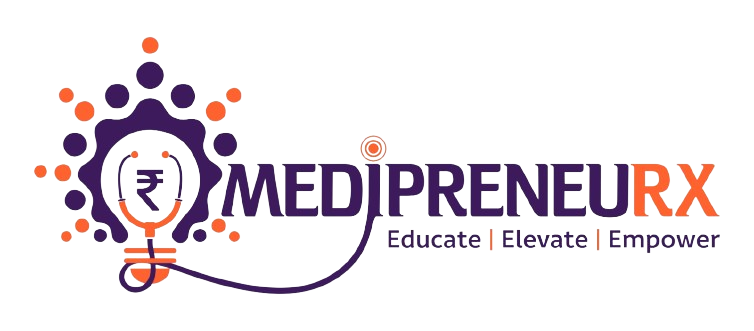Effective patient care in the increasingly varied healthcare environment depends on culturally sensitive communication. The quality of care can be greatly impacted by healthcare providers’ capacity to communicate with sensitivity and respect towards the diverse range of cultural backgrounds from which their patients come. The significance of cultural sensitivity in healthcare communication is examined in this essay, with a focus on how it might enhance patient outcomes, build trust, and get beyond communication obstacles.
Understanding Cultural Sensitivity in Healthcare Communication
-
Definition and Relevance :
In healthcare communication, cultural sensitivity is acknowledging and honoring patients’ varied cultural backgrounds, convictions, and customs. It includes:
Awareness: Being cognizant of one’s own cultural prejudices as well as the patients’ cultural backgrounds.
Acquiring knowledge: Understanding how cultural variations affect communication methods and health-related behaviors.
Skills: Using communication strategies with patients that are appropriate for their culture.
Cultural sensitivity in healthcare refers to interacting with patients in a way that respects their cultural values and preferences as well as preventing misunderstandings and enhancing the patient experience in general.
Enhancing Patient Outcomes
-
Building Trust and Rapport :
Establishing a Connection – Being sensitive to cultural differences is essential to developing rapport and trust with patients. Positive therapeutic relationships are fostered when healthcare providers show that they understand and respect the cultural beliefs of their patients. Patients may feel appreciated and respected if, for example, their traditional medical practices or dietary needs are acknowledged and accommodated. Because it motivates patients to follow treatment programs and communicate honestly about their health concerns, this trust is essential for providing successful care.
Improving Patient Engagement – Patients are more inclined to participate in their care if they believe that their healthcare practitioners are culturally competent. When healthcare professionals employ culturally aware and patient-centered communication techniques, engagement levels rise. For instance, in cultures where family is very important when making health-related decisions, including family members in the decision-making process may be crucial. This method increases adherence to treatment regimens while also enhancing the patient-provider relationship.
-
Reducing Health Disparities :
Addressing Barriers to Care – By removing obstacles brought on by cultural misinterpretations, cultural sensitivity aids in the reduction of health disparities. Cultural differences can cause miscommunication that results in inappropriate therapies, erroneous diagnosis, and poorer care quality. For instance, a failure to comprehend cultural customs surrounding health and illness could lead to misinterpreting symptoms or disobeying medical advice. Healthcare professionals can provide more equitable care and enhance health outcomes for a variety of patient populations by identifying and removing these obstacles.
Enhancing Health Literacy – Patients’ health literacy increases when effective communication takes cultural differences into consideration. Communicating with patients from different cultural backgrounds requires adjusting health information to be relevant and intelligible. This is known as culturally sensitive communication. This can involve giving patients with translated information, illustrating medical concepts in a way that is appropriate for their culture, and presenting medical concepts in a way that is culturally relevant. Patients who have better health literacy are better able to follow treatment recommendations and make educated decisions about their health.
Overcoming Communication Barriers
-
Navigating Language Differences :
Using Interpreter Services – One major obstacle to effective healthcare communication is language limitations. In order to ensure precise and clear communication with patients who have poor English ability, professional interpreting services are essential. Language barriers can be overcome by interpreters, who can offer both spoken translation and cultural context. By ensuring that patients comprehend their diagnosis, available treatments, and directions for follow-up care, this lowers the possibility of misunderstandings and enhances patient safety in general.
Providing Multilingual Resources – Healthcare institutions ought to provide bilingual patient education materials and permission documents, among other resources. Healthcare professionals can better serve patients who do not understand English by providing these materials in the languages that the patient population speaks. This also helps to guarantee that everyone has access to critical health information.
-
Addressing Non-Verbal Communication :
Understanding Cultural Differences – Body language, eye contact, and personal space are examples of nonverbal communication that differ greatly throughout cultures. Misunderstandings resulting from misreading nonverbal cues might compromise communication effectiveness. Direct eye contact, for instance, might be interpreted as rude in some cultures but as a show of attentiveness in others. Healthcare professionals need to be conscious of these cultural variations and modify their nonverbal communication techniques appropriately in order to prevent misunderstandings and foster better relationships with their patients.
Training and Awareness – Healthcare professionals can benefit from training programs that emphasize nonverbal communication in order to better comprehend and negotiate these cultural differences. Providers can enhance the effectiveness of communication and improve patient interactions by being more mindful of how different cultures interpret non-verbal clues.
Implementing Effective Cultural Sensitivity Strategies
-
Training and Education :
Cultural Competency Training – All staff members should participate in thorough cultural competency training programs implemented by healthcare companies. These courses ought to address things like communication techniques, cultural norms, and methods for combating prejudice. Good training aids in the development of the abilities required for healthcare professionals to engage politely and successfully with patients from a variety of backgrounds.
Ongoing Education – Learning to be culturally sensitive is a lifelong journey. It is recommended that healthcare providers partake in ongoing education to remain up-to-date on developing cultural trends and optimal practices. Providers are guaranteed to stay current on the newest information and methods for communicating in a culturally sensitive manner thanks to this continuous education.
-
Utilizing Technology :
Telehealth and Digital Tools – Digital tools and telehealth platforms present chances to improve cultural sensitivity in communication. Patients from a variety of backgrounds may find it simpler to obtain care with the help of these technologies, which can enable remote consultations and grant access to interpreting services. Furthermore, digital solutions can improve accessibility for patients who do not understand English by providing resources and information in multiple languages.
AI and Translation Services – Artificial intelligence (AI) developments are enhancing translation services by offering real-time language support and translation. Further promoting cultural awareness in healthcare, AI-driven solutions can assist in overcoming language barriers and improving communication with patients who speak different languages.
Case Studies and Examples
-
Successful Implementation of Cultural Sensitivity :
Case Study – Interpreter Services Integration – Both on-site and distant translation services were incorporated by a healthcare facility into its patient care procedures. Better adherence to treatment programs, increased patient satisfaction, and improved communication with non-English speaking patients were all results of this integration.
Case Study – Culturally Tailored Health Education – An organization created culturally appropriate health education materials with translations and examples for a variety of patient populations. Better patient education and increased health literacy were the outcomes of this strategy.
-
Lessons Learned :
Addressing Barriers – Healthcare practitioners can greatly enhance patient outcomes and communication by addressing language obstacles using multilingual resources and interpreting services. Programs for education and awareness aim to dispel prejudices and enhance communication with patients from different cultural backgrounds.
Best Practices – Adopting thorough training programs, using translator services, and modifying communication techniques to suit the needs of various patient populations are examples of best practices for cultural sensitivity. These procedures help to provide healthcare in a more fair and efficient manner.
Conclusion
Recap of Importance – Communicating with cultural sensitivity is crucial to providing excellent, patient-centered care. Healthcare professionals can increase patient outcomes, lessen health inequities, and foster trust by acknowledging and respecting cultural differences.
Call to Action – Healthcare companies and personnel should make a commitment to lifelong learning, make use of interpreting services, and implement culturally aware communication techniques. By making these efforts, healthcare delivery will become more efficient and equal treatment for all patients would be guaranteed.
Future Research – Subsequent investigations ought to concentrate on investigating inventive methods of cultural sensitivity and their influence on medical care. Advances in cultural competence in healthcare communication will come from ongoing research into new technology and changing care paradigms.
